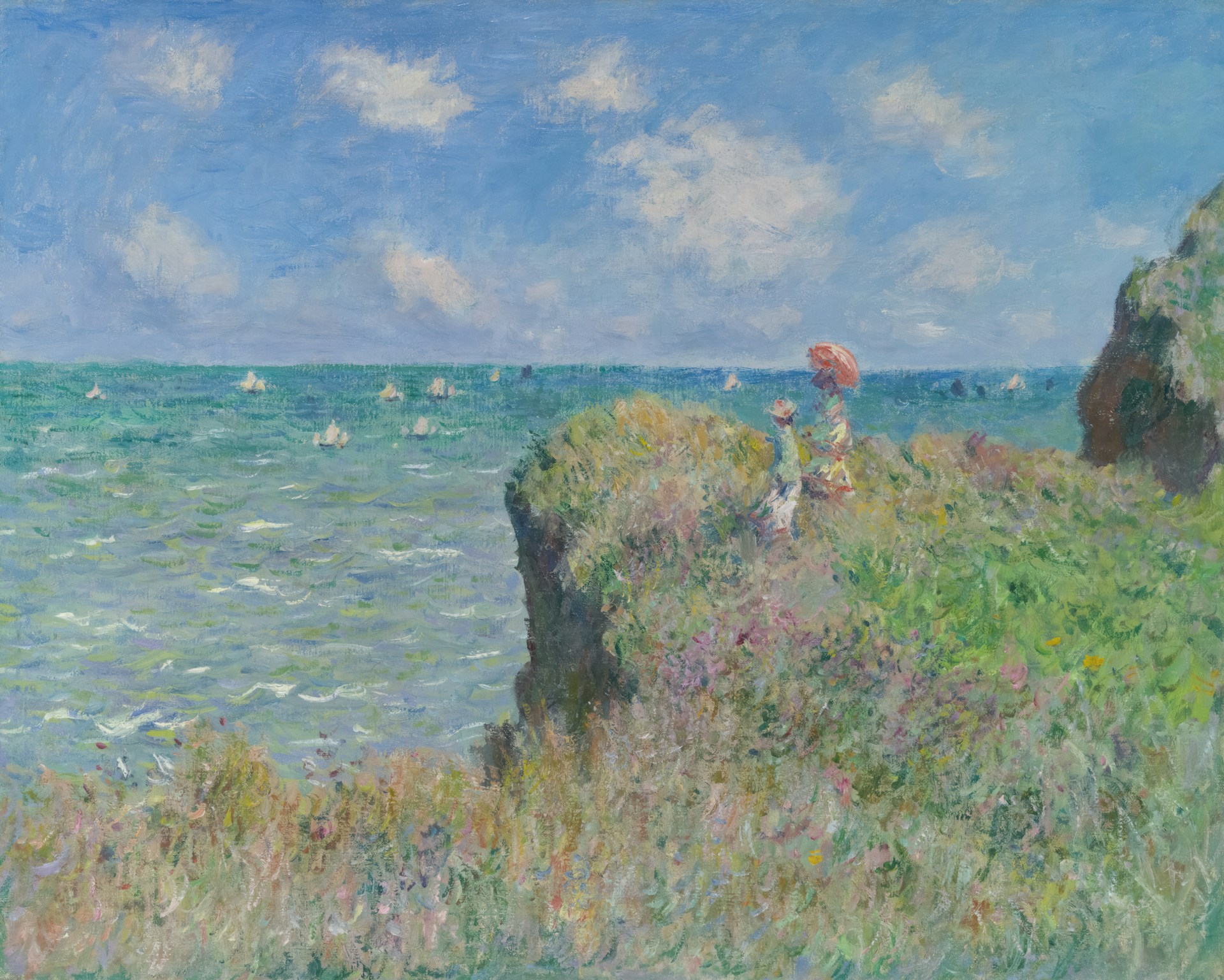
I’m thrilled to announce the release of py-ggsci, a Python package that brings the popular ggsci color palettes from R’s ggplot2 ecosystem to Python’s plotnine library.
You can install py-ggsci from PyPI:
pip install ggsciHere is a quick example using the Observable 10 palette introduced in ggsci 3.2.0:
from plotnine import *
from plotnine.data import diamonds
from ggsci import *
p1 = (
ggplot(diamonds.query("carat >= 2.2"), aes("table", "price", color="cut"))
+ geom_point(alpha=0.7)
+ geom_smooth(method="lm", alpha=0.05, size=1)
+ theme_bw()
)
p2 = (
ggplot(diamonds, aes("color", fill="cut"))
+ geom_bar(position=position_dodge())
+ theme_bw()
)
(p1 + scale_color_observable()) | (p2 + scale_fill_observable())
For clarity, we will refer to the R package as r-ggsci and the Python package as py-ggsci throughout this post.
The story behind r-ggsci
It all started in the Spring of 2016. I was a PhD student drowning in homework and exams in a quarter system. Although R Markdown + knitr already saved me tremendous amount of time in writing reports by avoiding the tedious LaTeX syntax and allowing embedding code execution results, I still found myself spending too much time tweaking colors in my ggplot2 plots to make them look presentable.
I wanted a fast way (Breimanesque terminology: off-the-shelf) to apply color palettes that were already well-designed under different plotting contexts. That was when I decided to create an R package that provides such color palettes for ggplot2, which later became r-ggsci. The response greatly exceeded my expectations.
Ten years later, r-ggsci has been widely used in the R community for creating publication-quality data visualizations with millions of downloads per year and ranks in the top 1% by installations of all packages on CRAN.
Why py-ggsci?
Recently, two friends of mine @svm-zhang and @elong0527 both asked about using plotnine in Python or if they could use ggsci palettes with plotnine. To me, this was a sign to act. Thanks to the clean, consistent APIs of plotnine and mizani, py-ggsci went from concept to this release announcement in only 72 hours.
Porting palettes from R to Python
While the API was straightforward to port, the main challenge was automating the conversion of palette data from R to Python. I wanted a solution that would avoid manual copy-pasting and simplify future updates. The trick was to evaluate the R code to get the palette data object, then export it as JSON. Leveraging the remarkable similarity between the JSON syntax and Python dictionary syntax, the JSON tokens work directly as Python code without modification. This approach converted the palette data from r-ggsci in just a few lines of R code.
Since there is not a standard vignette system in Python like R (and my reluctance to involve heavyweight frameworks like Jupyter or Quarto), most of my time was spent on recreating the main vignette using markdown-exec. Eventually, it all worked out.
Future plans
Maintaining parallel implementations in two programming languages does create some overhead, but I’m committed to supporting both r-ggsci and py-ggsci in the long term. New color scales will continue to be added, with r-ggsci receiving version updates first, followed by synchronized updates to py-ggsci.
Whether working natively in R or Python, you now have access to the same color palettes that have made countless visualizations publication-ready. Happy plotting!
